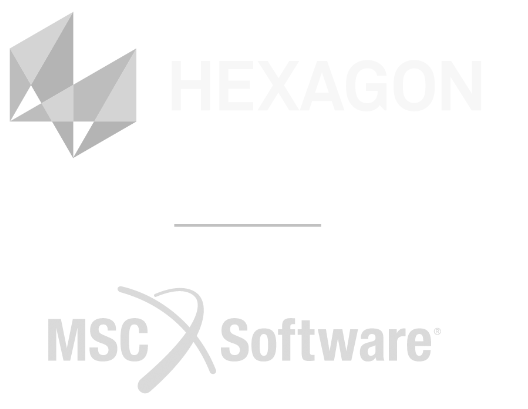The human quest to understand and replicate intelligence has taken a great leap forward with the recent advances in neural networks. These intelligent systems, inspired by the complex web of interconnected neurons in the human brain, are transforming our interactions with computers, machines and our approach to solving problems.
The journey began in 1943 when neurophysiologist Warren McCulloch and mathematician Walter Pitts published their paper "The Logical Calculus of the Ideas Immanent in Nervous Activity," setting the foundation for neural network development (Macukow, 2023). In 1957, psychologist Frank Rosenblatt introduced the Perceptron, the first trainable neural network, on an IBM 704, a computer weighing 5 tons and occupying an entire room. The Perceptron showcased its learning capabilities by distinguishing marked punch cards (Hardesty, 2017; Lefkowitz, 2019).
Fast forward to November 30, 2022, when OpenAI launched ChatGPT, a revolutionary large language model that captivated 100 million users in just two months. This milestone ignited a wave of innovation in AI and Data Science, leading to the emergence of advanced models like Google's Gemini, xAI's Grok, and OpenAI's Sora in the following years. These intelligent systems are evolving rapidly, lowering the barriers to entry for programming, data science, and AI development, creating a positive feedback loop that accelerates continuous progress and reshapes the landscape of artificial intelligence and machine learning.


















